This website uses cookies so that we can provide you with the best user experience possible. Cookie information is stored in your browser and performs functions such as recognising you when you return to our website and helping our team to understand which sections of the website you find most interesting and useful.
Interview: Kelly Hoppen shares the secret ingredient to designing a luxury home
By Shivani Dubey | 2 October 2024 | Design, Style
Tempus meets luxury designer Kelly Hoppen to talk the art of interior designing, common design faux pas and being a woman in the design industry
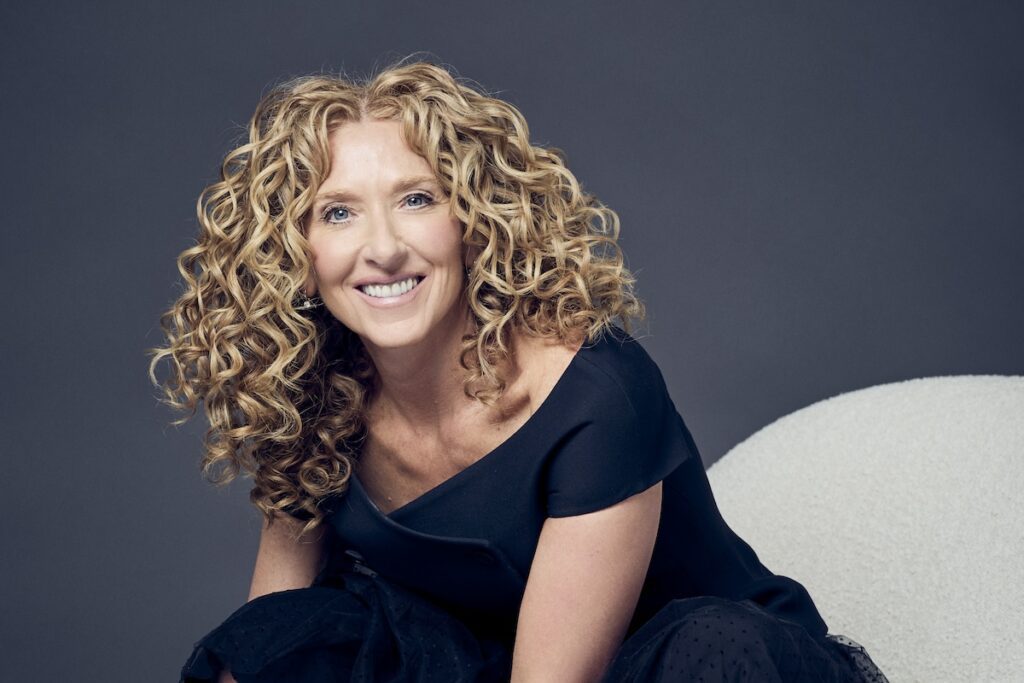 Kelly Hoppen CBE is one of the most prolific luxury designers and style mavens in the country today. Having collaborated with some of the world’s most renowned names, she has designed irreverent homes, chalets, villas, apartments, and hotels across the globe.
Kelly Hoppen CBE is one of the most prolific luxury designers and style mavens in the country today. Having collaborated with some of the world’s most renowned names, she has designed irreverent homes, chalets, villas, apartments, and hotels across the globe.
Her penchant for calm tones and beautiful fabrics has been her signature since she burst onto the scene more than 40 years ago. Not to mention her extensive product collections, which include signature luxury furniture, home accessories and books, are always in high demand.
And it’s not just homes — Kelly has revitalised maritime design with creations of award-winning luxury cruise ships and yacht interiors: “You have to consider more restrictive spaces and functionality in motion,” she says of designing ships. “Everything needs to be more durable due to the environment, and space optimization is crucial. It is the highest form of luxury in water.”
Here, Kelly shares anecdotes from her illustrious career, the secret ingredient to designing a luxury home and the challenges of being a woman in the design industry.
Related: Kelly Hoppen shares why she’s living on the Edge with her cruise ship designs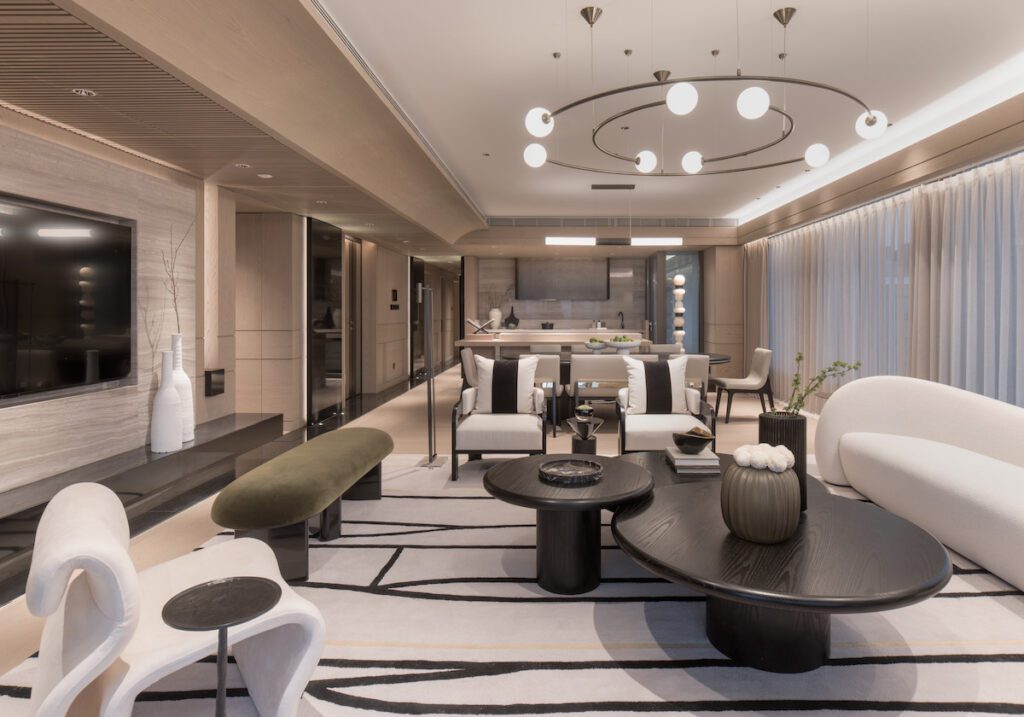 You specialise in luxury design. How do you define luxury interiors?
You specialise in luxury design. How do you define luxury interiors?
For me, luxury is defined by balance, symmetry, and tranquillity. It’s about paying attention to every detail, using high-quality materials and employing thoughtful space planning. Luxury means crafting environments that allow people to feel at peace, recharged, and inspired. It’s more about creating timeless, comfortable spaces that reflect the client’s lifestyle rather than what is fashionable at the time.The most important part of luxury is defined by the client as to how they want to live.
What entices you into undertaking a project?
I’m drawn to projects where there’s a unique vision or story to tell, and where I can truly make a difference in the design. What persuades me to undertake projects is the opportunity to collaborate with clients who are open to creative exploration and who trust the design process. The synergy with the client is everything, I love working with clients who have a bold vision but are willing to let it evolve. If the project offers room for innovation or challenges me in a new way, that’s always a strong incentive too.
Have you had any challenges in your career, particularly in the early days?
Absolutely. The design process is all about experience and so inevitably there are a lot of challenges when starting your career. But that is how you learn and how you grow into the designer that you want to be. Every project taught me something new and over the years, every project has had its challenges, but that’s what makes it so rewarding.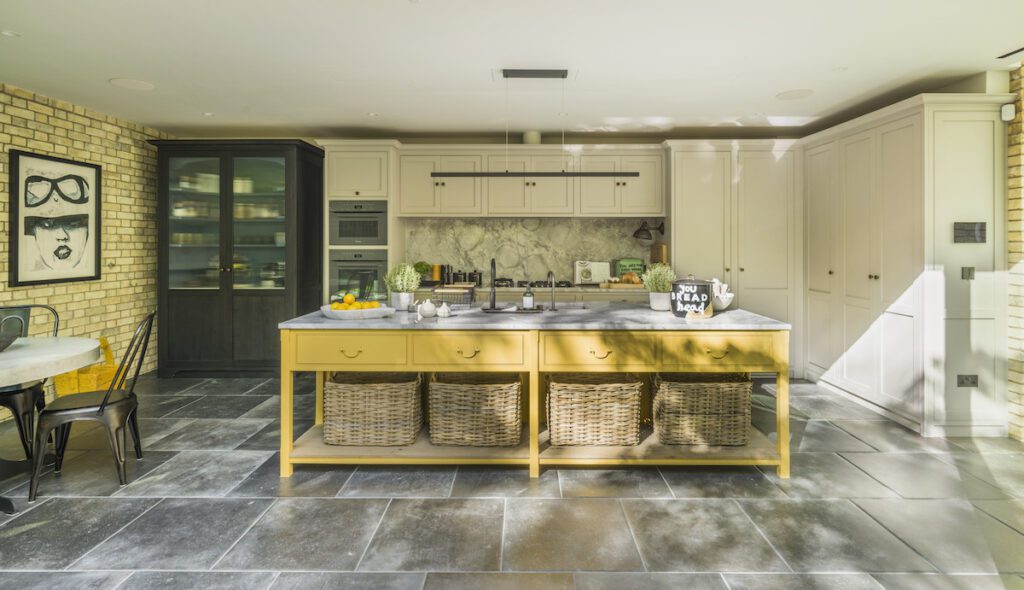 You are known to support up-and-coming talent — do you find there’s a difference in how women in particular experience the industry now compared to when you first launched your career?
You are known to support up-and-coming talent — do you find there’s a difference in how women in particular experience the industry now compared to when you first launched your career?
When I started out, it was rare to see women in the design industry, especially at building sites, where I often found myself as the only woman. As a young female entrepreneur at the time, I often felt isolated and had to navigate situations my own way. But having a role model like my mother, who was a force to be reckoned with, really helped. Today, I love seeing so many young female designers doing well and building their brands on social media. One of the main differences now is that there are so many ways to showcase your work, especially through social media platforms, which didn’t exist when I started. Regardless of gender, everyone now has a space to display their work, which is brilliant. One of the best things about having a business is seeing all the young women that have joined us and grown so much in so many ways.
When working on a personal home, how do your famed neutral palettes and exquisite textures also reflect your clients’ personal taste?
I always focus on creating a neutral, timeless base that my clients can personalise with their accents—whether through art, furniture, or colour. The base is curated to elevate their taste in a way that ties everything together. My design approach is deeply personal; I make sure the home reflects the client’s personality, lifestyle, and how they want to live. The neutral base palette allows flexibility for this, providing a clean, harmonious foundation, while luxurious textures give the home a tactile, welcoming feel that is unique to each client.
Related: Curator Jenn Ellis on collaborating with Breguet for Frieze 2024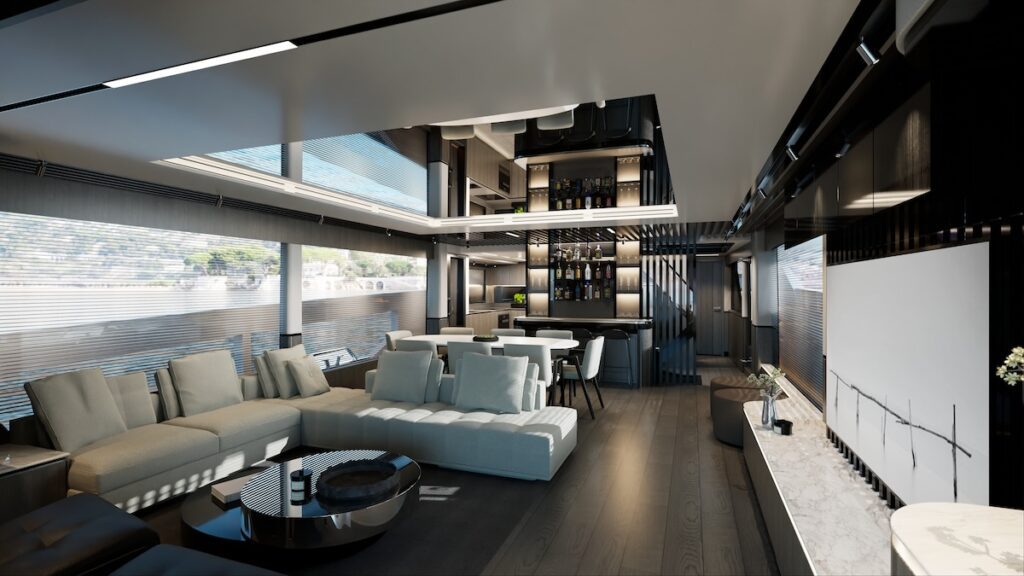 You have mentioned in the past that interior designing is like creating the backdrop to someone’s life. Can you talk a bit about that?
You have mentioned in the past that interior designing is like creating the backdrop to someone’s life. Can you talk a bit about that?
Interior design goes beyond aesthetics; it’s about creating spaces that enhance how people live. A well-designed home or space is the backdrop to people’s experiences—it supports their routines, comforts them after long days, and serves as a place of inspiration and relaxation. In today’s fast-paced world, our homes should be places of sanctuary and refuge, where we can relax and recharge. We spend so much time in these spaces that they can profoundly impact our mood, productivity, and overall well-being.
What tips would you give our readers who are looking to spruce up their own homes?
My first tip is always a reminder not to jump onto fleeting trends. It’s important to prioritise timelessness and flexibility. Of course, include accents of your current favourite colours and pieces. But these should add to a clean, balanced foundation, and can be easily updated. Secondly, you should design your space to reflect the way you want to exist in it. Know the rooms you spend more time in, make them comfortable and inviting. Focus on the flow between different spaces and prioritise the feelings and experiences you want to find in each room. Lastly, when tackling a home redesign, planning is essential. Thoughtful space planning is crucial, but your ideas will naturally evolve as you go, so it’s equally important to plan for alternative routes your design journey may take.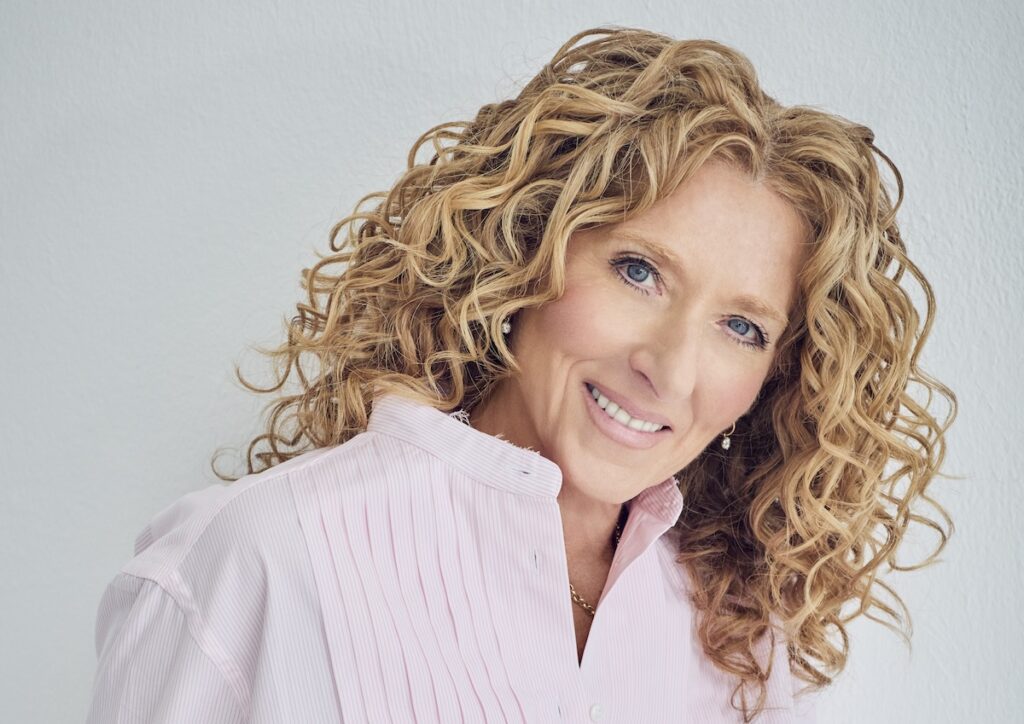 What is one faux pas that people always commit when it comes to designing their homes? Or any building for that matter?
What is one faux pas that people always commit when it comes to designing their homes? Or any building for that matter?
One common mistake is jumping onto trends, which can make spaces feel outdated quickly. People also tend to overlook functionality, focusing only on the visual aspects. Good design must be both functional as well as beautiful. Another faux pas is not planning well or leaving no room for flexibility—design should evolve as you go.
What’s next for Kelly Hoppen?
We have recently finished two projects in China, several in the UK and Europe and in the process of designing several projects internationally. I love drawing from Eastern cultures in my work, so it was a privilege to include the beautiful environments and artworks of Foshan and Zhuhai in these two new residential projects. We’ve got some amazing projects in the Middle East in Dubai and Abu Dhabi and more to announce too in Italy and New York — it’s all very exciting.







